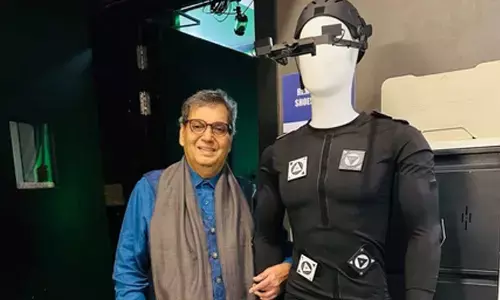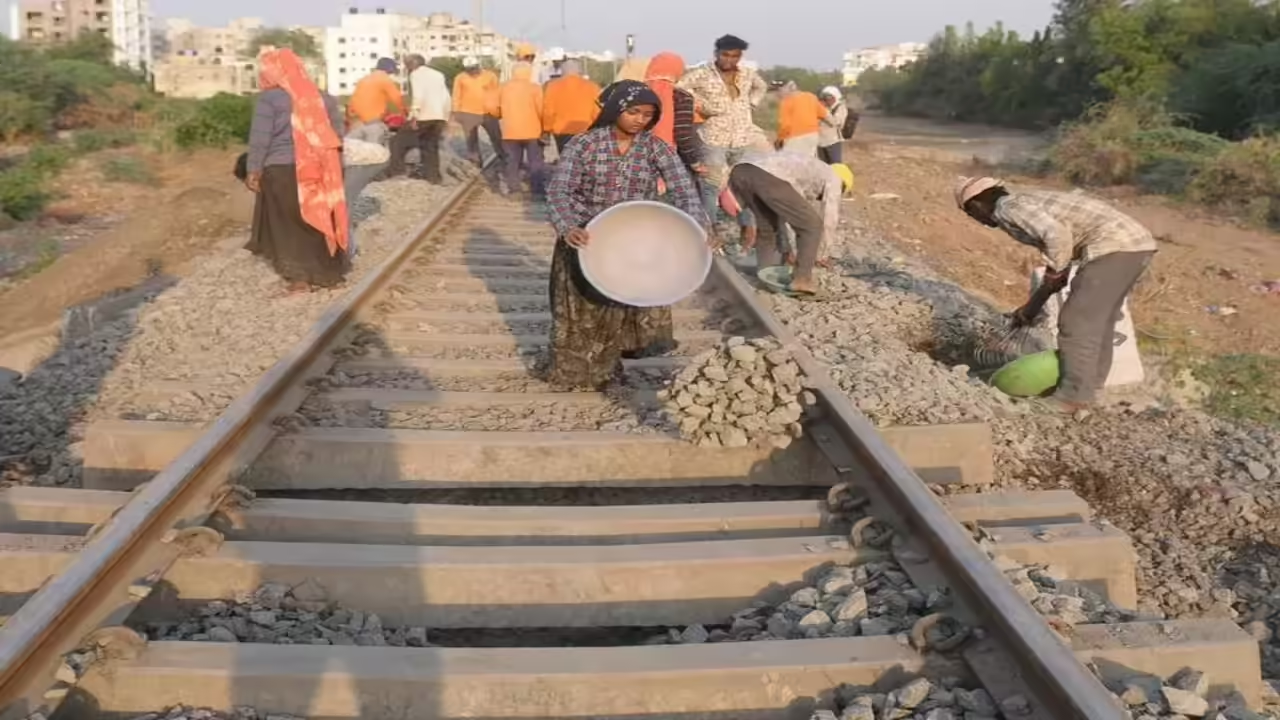After twists & turns, India successfully flight tests crew escape system, module for human space mission
Share :

Sriharikota (Andhra Pradesh), Oct 21 (IANS) After some twists and turns and suspense, the Indian Space Research Organisation (ISRO) on Saturday successfully flight tested the crew escape system, crew module that would carry the country's astronauts sometime in 2025.
Sriharikota (Andhra Pradesh) : After some twists and turns and suspense, the Indian Space Research Organisation (ISRO) on Saturday successfully flight tested the crew escape system, crew module that would carry the country's astronauts sometime in 2025.
The mission was called Flight Test Vehicle Abort Mission-1 (TV-D1). Announcing the mission’s success ISRO Chairman S.Somanath said: “The TV-D1 mission was to demonstrate the crew escape system for Gaganyaan (the name for Indian human space mission).”
He said the parachutes opened and the crew module touch down on the Bay of Bengal at the required velocity. The crew module will be recovered from the sea by the Indian Navy ship and brought to the Chennai Port. The space agency will then study the data.
On the twists and turns, Somanath said owing to the weather and poor visibility conditions the launch which was originally slated at 8 a.m. was postponed to 8.45 a.m. And just five seconds before the lift off from the first launch pad, the computer systems held back the rocket due to a non-conformance in the system.
He said the issue was identified and sorted out quickly. The rocket had to be filled with gases and then the mission happened. Measuring about 35 tall and weighing about 44 tonnes, the test vehicle/rocket uses a modified Vikas engine which is powered by liquid fuel.
The ISRO had modified the L40 booster Vikas engine used to power the Geosynchronous Satellite Launch Vehicle (GSLV) formerly called GSLV-Mk2. The crew module and crew escape system are mounted at the fore end of the rocket.
Five seconds to lift off and while one was able to see some fire and some smoke from the rocket’s tail, the full fledged ignition did not happen and the automatic launch sequence was put on hold.
This in turn brought the memories of the first flight of GSLV-D1 way back in March 2001. Then, the rocket was held back just one second before it was to lift off carrying communication satellite GSAT-1.
Even then some initial ignition was noticed but soon it stopped. The rocket was subsequently launched on April 18, 2001 Be that as it may, with the lift off on hold, Somanath had announced postponement of the TV-D1 launch to a future date.
However the ISRO team quickly checked and sorted out the reason for the launch put on hold. The test rocket finally lifted off from the first launch pad here at 10 a.m. and the whole mission got completed in about nine minutes.
“It was a big training for the Gaganyaan mission,” Somanath said. The entire flight sequence -- from the test rocket’s lift off to the crew module touchdown at the sea with the deployment of parachutes – took about nine minutes.
According to ISRO, the mass of the crew module is 4,520 kg and is a single walled unpressurised aluminium structure. At about 61 seconds into the flight and at an altitude of 11.9 km, the test vehicle/rocket and the crew escape system got separated. Soon after that the crew module and crew escape system got separated.
Subsequently, the abort sequence was executed autonomously commencing with the separation of crew escape system and deployment of the series of parachutes, finally culminating in the safe touchdown of the crew module in the sea, about 10 km from the coast of Sriharikota.
The crew module will house the astronauts in a pressurised earthlike atmospheric condition during the real human space mission. Currently the crew module for the Gaganyaan mission is in different stages of development.
The TV-D1 is an unpressurised version but has an overall size and mass of actual Gaganyaan crew module and would house all the systems for the deceleration and recovery. The avionics systems in the crew module are in a dual redundant mode configuration for navigation, sequencing, telemetry, instrumentation and power.
According to ISRO, the crew module in this mission is extensively instrumented to capture the flight data for evaluation of the performance of various systems. The deceleration of the crew module was done with parachutes with pyro systems when it was at about an altitude of 17 km.
The crew module finally splashed down on Bay of Bengal at about 10 km from the launch pad at Sriharikota. This Test Vehicle mission with this crew module is a significant milestone for the overall Gaganyaan programme as a near-complete system is integrated for a flight test.
The success of this test flight has set the stage for the remaining qualification tests and unmanned missions, leading to the first Gaganyaan mission with Indian astronauts.


















